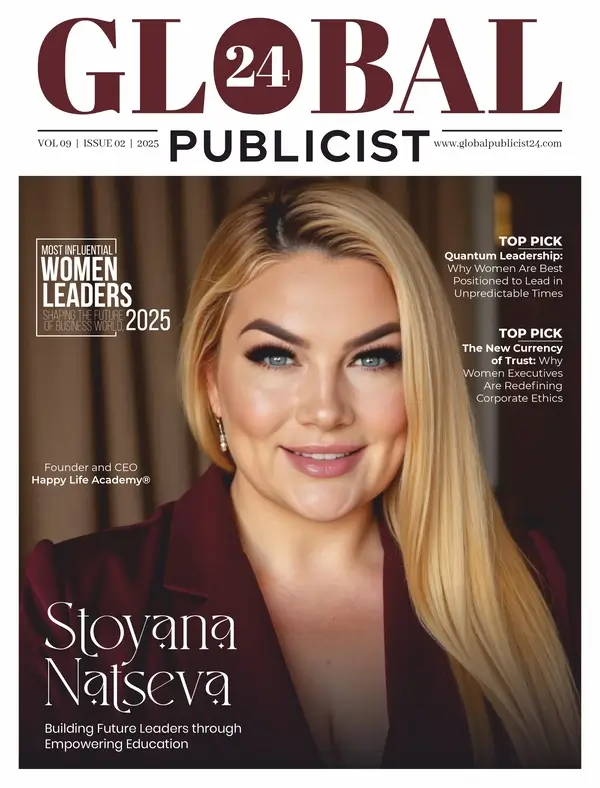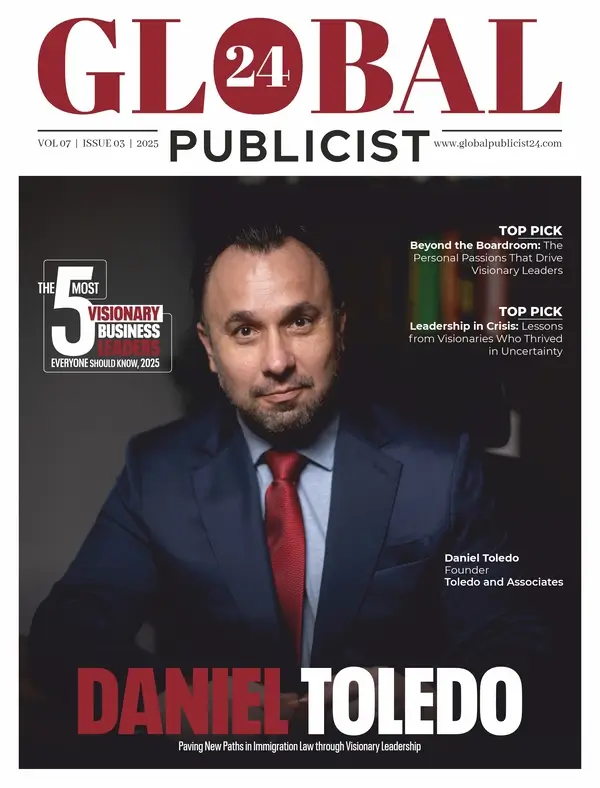With millions of fans expected travel to North America, one of the biggest concerns for the organisers of the 2026 World Cup is how to best protect them in case of a health emergency.
Amidst all the excitement of experiencing the World Cup, the intensity of travel, unpredictable weather and the sheer number of fans travelling pose a significant challenge.
Thankfully, digital health services provide a useful solution. For a historic sporting event such as the World Cup, telehealth services will make a world of difference in keeping the fans safe.
A Lifeline for Travelling Fans
Public health is always a huge concern when a massive event is scheduled, and it does not get any bigger than the prestigious FIFA World Cup.
The Health Security Working Group from the World Health Organisation (WHO) and Pan American Health Organisation (PAHO) have already issued health and security guidance ahead of the World Cup.
They ae drawing on past experiences from previous tournaments and other major events as a reference and using a series of webinars to get their message across.
The issue is more pressing for fans travelling from far-flung countries such as Australia, who may not be familiar with the healthcare system in North America. Telehealth services are priceless for them.
Telehealth allows fans travelling from Australia to connect with doctors and medical professionals back home or speak to local practitioners through digital platforms.
Thanks to Medicompare, Australians planning to travel to the World Cup can discover which providers to use if they want fast, effective and reliable telehealth services.
The impartial comparison platform contains a ton of information about reputable telehealth services, making it the ideal resource for Australian football fans.
With just a smartphone or a laptop, Australian can easily access medical services. Virtual care is an invaluable option and the ability to consult a trusted health professional is a priceless safety net.
Using Technology to Protect the Fans
Emergency alerts at the 2026 tournament will be transmitted through multiple channels, including digital signage, public loudspeakers and mobile notifications in several languages.
Organisers can use those same mediums to provide fans with reliable information about how they can access telehealth services.
The host nations have already started advising international visitors to prepare properly before embarking on their journey.
They have advised visitors to get vaccinated, carry a travel health kit and buy insurance. Discovering how to access telehealth services will also be crucial.
Many telehealth providers offer services that cover real-time guidance for food poisoning, sunstroke, altitude sickness or allergic reactions.
In most cases, reporting the situation to a telehealth provider can resolve the issue before it becomes a problem that can only be handled by the physical emergency departments.
This will help to reduce the strain on local healthcare systems that are already under pressure.
Easing the Burden on Local Health Systems
Two of the cities in Canada picked to host some of the World Cup games – Toronto and Vancouver – are already grappling with staff shortages among other issues their healthcare systems face.
The situation initially forced FIFA to ask that athletes and VIPs to pre-arrange access to medical treatment. But that didn’t go down well with the public.
Critics have already slammed FIFA’s request and warned that giving priority treatment to wealthy individuals could come at the expense of everyday citizens.
This situation makes the case for telehealth even stronger. It is one of the few solutions that can ease the burden on local healthcare systems without diverting resources.
Rather than clogging up waiting rooms and banking on overstretched medical professionals, fans can receive treatment remotely, while still feeling safe and supported.
Signposting people to telehealth services will need coordination between local health authorities, private providers, technology firms and FIFA’s own medical planning teams.
As the WHO-PAHO webinars have pointed out, collaboration between public and private services will be the key to managing medical provision at the 2026 World Cup.













